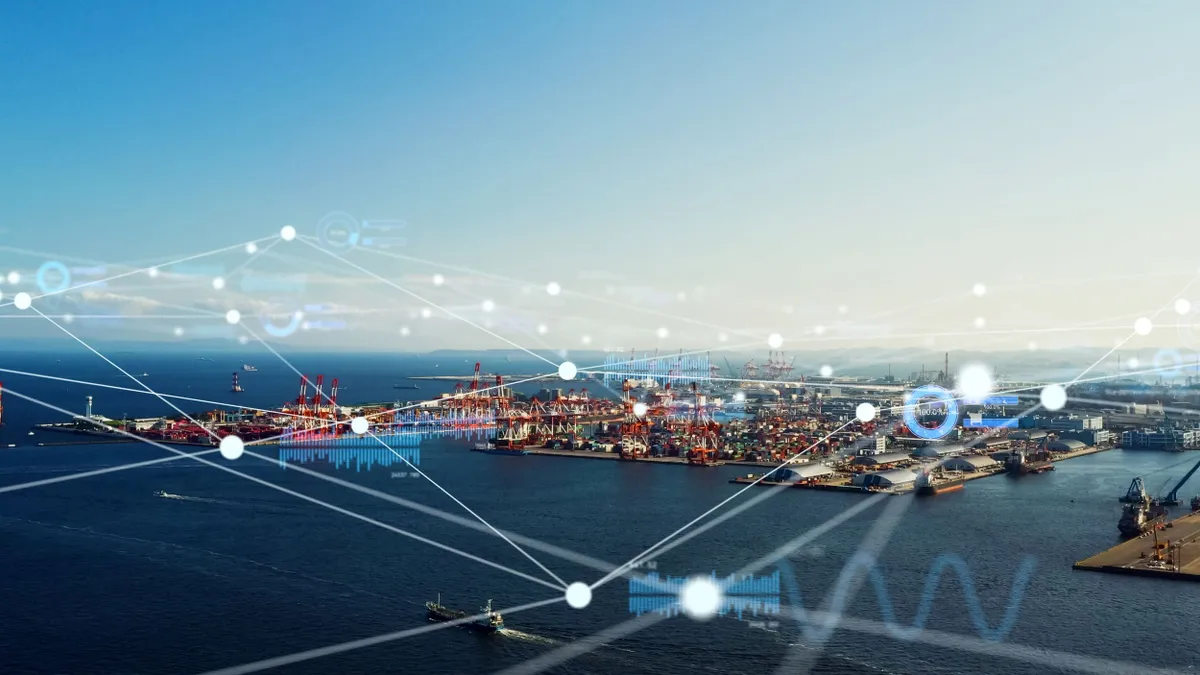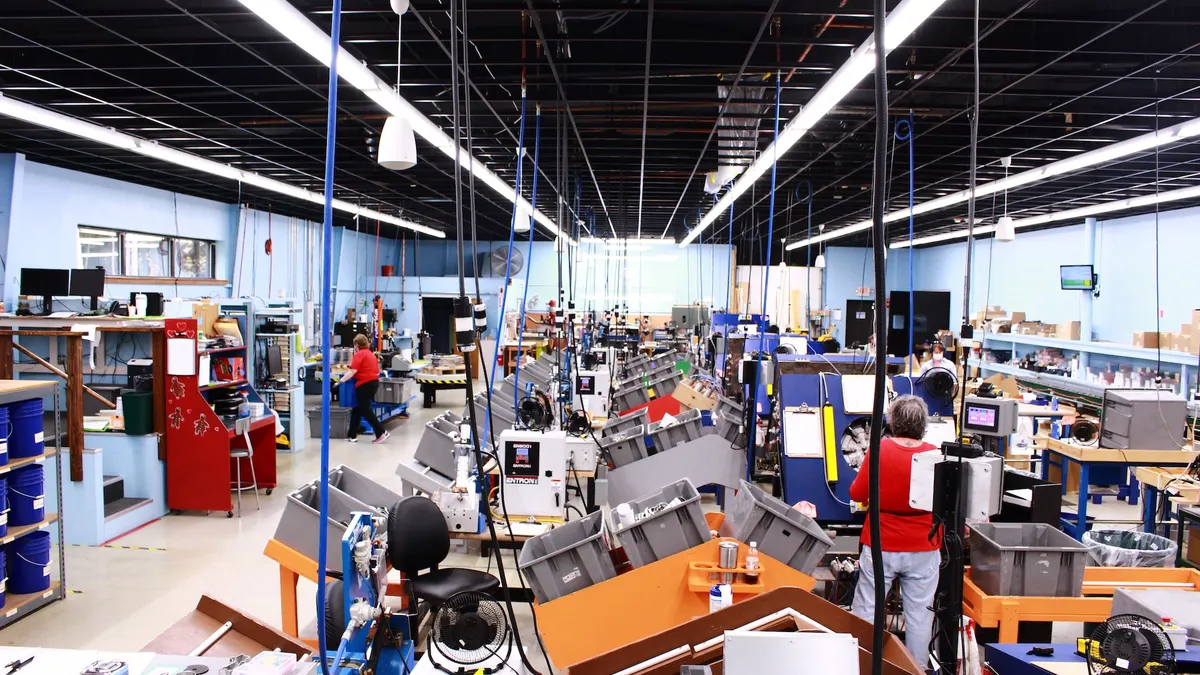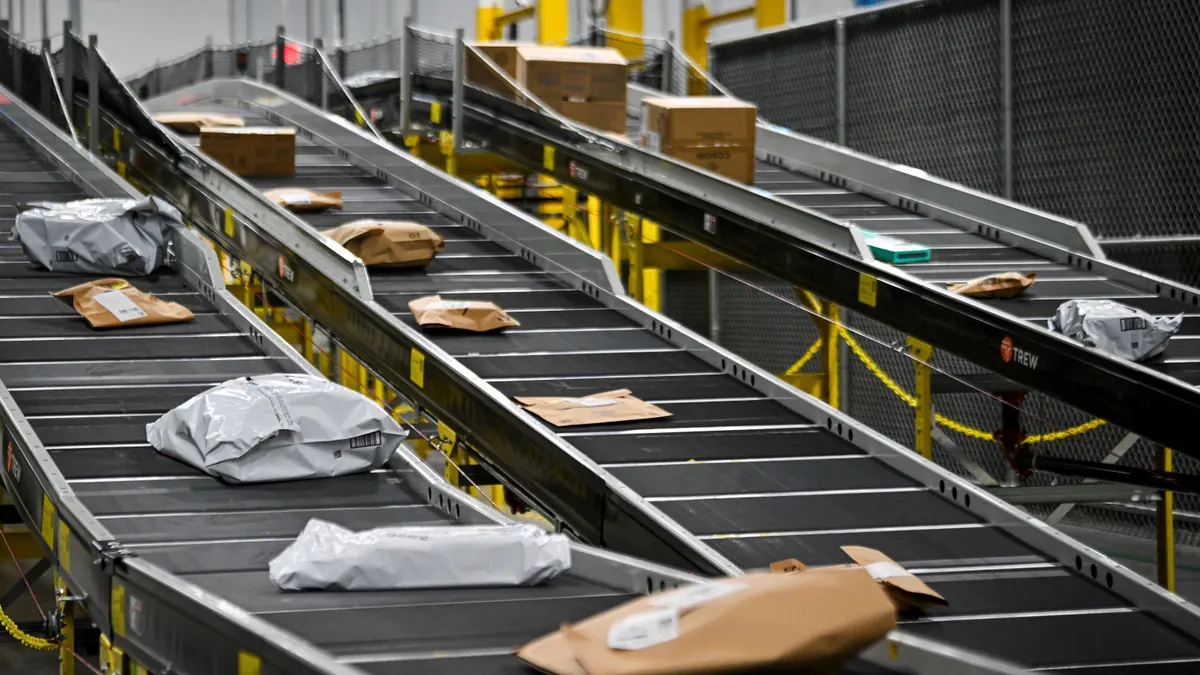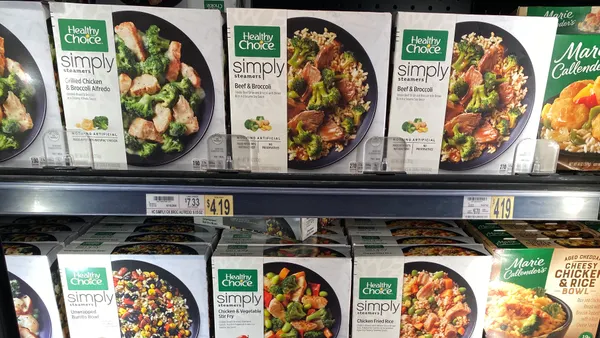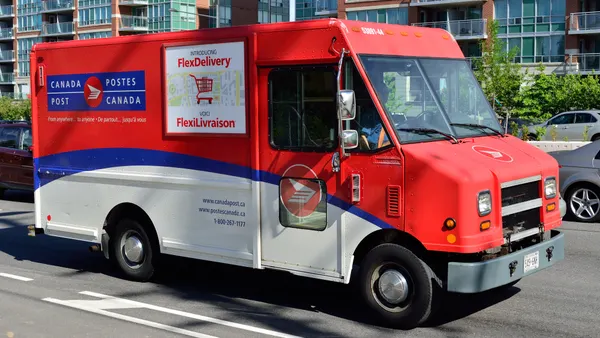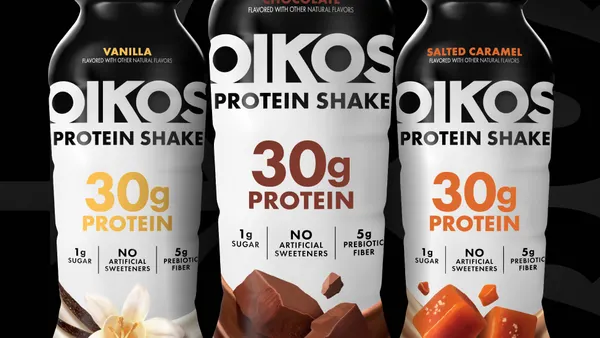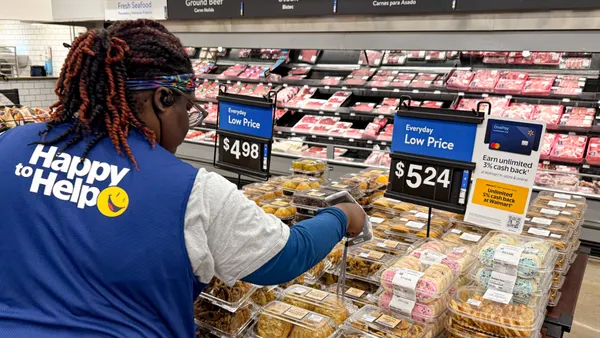Each year, businesses around the globe miss out on an estimated $1.6 trillion in revenue due to supply chain disruptions. These interruptions don’t just impact bottom lines, they affect customer satisfaction, operational continuity, top line growth, and even public health. From perishable food arriving spoiled at grocery stores to life-saving medication shipment delays, the ripple effects are far-reaching.
Recent global crises and an increase in freight theft have made it clear that improving supply chain resilience is critical. Whether it’s managing international shipments, navigating labor shortages, or responding to extreme weather, businesses face mounting pressure to innovate. To address these challenges, companies are turning to technologies like real-time IoT monitoring of product location and condition to create agile, adaptive supply chains that withstand disruptions and enhance operational continuity.
The Power of Real-Time Intelligence
At the heart of supply chain resilience is having the ability to see where assets are at any given time, understand their condition, and deliver prescriptive direction for proactive corrective action if necessary. Real-time IoT solutions, such as SmartSense Voyage, are revolutionizing this space by enabling businesses to continuously monitor the location and environmental conditions of their assets, from distribution centers to final destinations.
Imagine a pharmaceutical company shipping vaccines across the country. Real-time IoT sensors help ensure that these vaccines remain within the required temperature range throughout transit. If a deviation occurs, the system alerts stakeholders instantly, allowing them to take the right corrective action before the vaccines are compromised. This level of visibility helps avoid losses, protect patient health and safety, and supports adherence to stringent compliance requirements.
For retailers, grocers, and luxury goods manufacturers, real-time location tracking mitigates risks such as spoilage, freight theft, and route deviations. It helps ensure that products arrive in optimal condition, enhancing customer satisfaction and brand reputation while reducing waste. Additionally, businesses can use this data to refine logistics processes, improve efficiency, and reduce costs over time, turning immediate insights into long-term operational gains.
Mitigating Inventory Risk and Protecting High-Value Assets
Traditional supply chains often rely on manual tracking processes, which can result in oversight gaps. IoT technology addresses these challenges by delivering real-time, actionable insights.
For example, the T1 sensor used in SmartSense Voyage is equipped with GPS and global cellular connectivity. It provides continuous updates on the location and condition of assets, whether monitoring the location of often stolen high-end fashion items or the temperature of frozen foods as they move through the supply chain. This level of oversight helps businesses tackle complex logistical challenges with confidence.
Beyond monitoring, these technologies also provide predictive insights, such as flagging potential delays or environmental changes, enabling businesses to stay ahead of disruptions with advanced time and motion technologies. This proactive approach reduces downtime, improves on-shelf availability, and revenue maximization when demand is high.
Ensuring Compliance and Operational Continuity
Regulations governing sensitive goods during transportation and storage are becoming increasingly stringent. Industries such as healthcare and food service must meet rigorous standards to avoid costly penalties and reputational damage. Advanced tracking capabilities are essential for empowering businesses to stay ahead of these requirements by providing continuous documentation of asset conditions throughout the supply chain.
For healthcare providers, real-time location and condition tracking transforms operations by aligning the delivery of medications with patient appointments, enhancing care quality and efficiency. Similarly, grocers are able to optimize cold chain logistics and minimize the risk of spoilage during transfers from trucks to refrigeration units by leveraging real-time visibility into delivery schedules and alerts before arrivals, similar to tracking a rideshare or food delivery in real time. These efficiencies not only reduce costs but also help companies build stronger relationships with their customers through reliable, high-quality service.
Scalability and Sustainability
The scalability of IoT solutions enables businesses of all sizes to deploy these technologies to enhance their supply chain resilience. Whether managing a fleet of trucks or a single warehouse, IoT solution providers with capabilities for every point in the supply chain offer the flexibility to adapt to varying needs.
Sustainability is another critical factor. As companies strive to reduce their environmental impact, IoT sensor technology today is utilizing reusable designs to not only cut down on waste but also align with broader corporate sustainability initiatives, allowing businesses to balance profitability with environmental responsibility.
The Path Forward
As supply chains become increasingly complex and coordinated freight theft more frequent, businesses must adapt to remain competitive, and real-time location and condition tracking is the strategic advantage they need.
With today’s innovative tools, companies are mitigating risks, enhancing operational efficiency, and strengthening customer trust. Scalable solutions like SmartSense Voyage empower businesses to take decisive action now, paving the way for sustained growth, resilience, and innovation.

